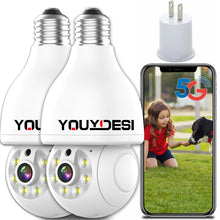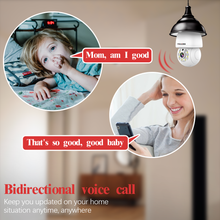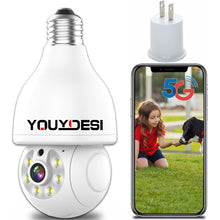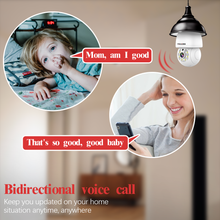Camera Types: Different camera types are suitable for different scenarios, such as fixed cameras, pan-tilt-zoom (PTZ) cameras, fisheye cameras, and more. Choose the right camera type based on your monitoring range and field of view needs.
Video Quality: Ensure that the equipment offers high-quality video, especially in situations where clear images are necessary, such as facial recognition or license plate identification.
Infrared Night Vision: If monitoring in low-light conditions or at night is necessary, choose equipment with infrared night vision capabilities.
Remote Access: Verify that the equipment supports remote access, making it convenient for you to view surveillance footage at any time and from any location.
Storage Options: Choose the storage method that suits your needs, such as SD cards, network video recorders (NVRs), cloud storage, etc.
Network Connectivity: Ensure the device has a stable network connection to guarantee the stability of real-time monitoring and remote access.
Waterproof and Dustproof: For outdoor or harsh environment use, ensure the equipment has waterproof and dustproof features.
Smart Features: Some devices come with intelligent functions like motion detection, facial recognition, and target tracking. Select the relevant features according to your requirements.
Brand and Reputation: Choose surveillance equipment from reputable, well-known brands with good reputations and reliable after-sales services. This helps ensure product quality and a positive customer experience.
Budget: Finally, consider your budget constraints and choose surveillance equipment that offers good value for the price within your budget.
Before purchasing surveillance equipment, it is recommended to conduct market research, compare products, and understand the advantages and disadvantages of various devices. Make a wise choice based on your needs and budget. Additionally, seeking advice from professionals and reading user reviews can help you make informed decisions.










